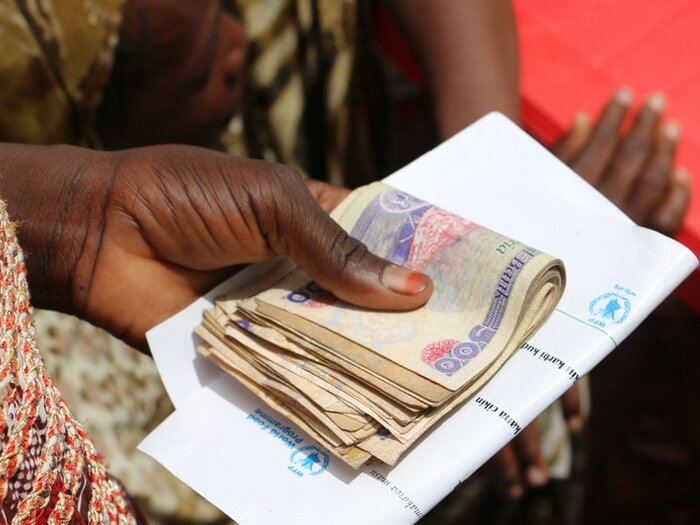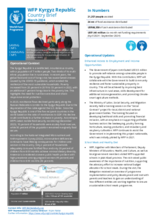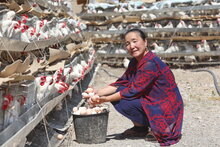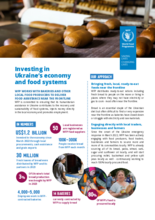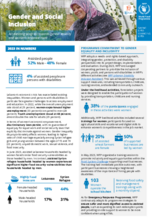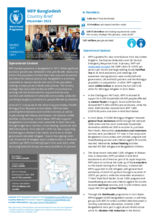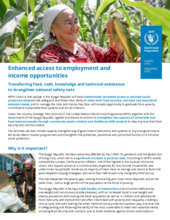Since the late 2000s, a strategic rethink has seen the World Food Programme (WFP) shift from the concept of food aid to that of food assistance.
While food aid is a tried and tested model, proudly woven into WFP history, it sprang from a largely unidirectional, top-down vision: people were hungry; we fed them. Food assistance, by contrast, involves a more complex understanding of people’s long-term nutritional needs and of the diverse approaches required to meet them. This conceptual shift has been at the core of WFP’s transformation in recent years. While we remain the world’s leading humanitarian agency, we have evolved to combine frontline action with the quest for durable solutions.
This shift is about recognizing that hunger does not occur in a vacuum. It means we must concentrate time, resources and efforts on the most vulnerable in society. It implies not just emergency interventions, but tailored, multi-year support programmes designed to lift a whole nation’s nutritional indicators. We balance the urgency to alleviate hunger here and now with the broader objective of ending hunger once and for all.
Food assistance thus becomes part of a policy mix that advances social wellbeing in general. In line with the Sustainable Development Goals, and in particular with Goal 2, we consider the quality as well as the quantity of food, with the emphasis on its nutritious character and seasonality. Crucially, food assistance enlists beneficiaries as actors: it gives them a voice, and, wherever possible, a choice in what food they receive and how they receive it.
This last principle has been steadily gaining prominence. And it helps explain why over the last decade, in-kind food assistance (the only type there was until the mid-2000s) has partly given way to cash-based transfers.
“Cash” for WFP involves physical bank notes, vouchers, or electronic funds being given to beneficiaries to spend directly. Empowering people to meet their essential needs is a long-haul process. From 10 million USD transferred in 2009 to 2.1 billion in 2019, cash now represents over a third of all WFP assistance. With its benefits of flexibility, efficiency and beneficiary choice, cash is growing rapidly within our hunger-fighting portfolio. In fact, both cash and in-kind are likely to co-exist for the foreseeable future, with WFP increasingly adept at using them singly, alternately or jointly in any given setting.

